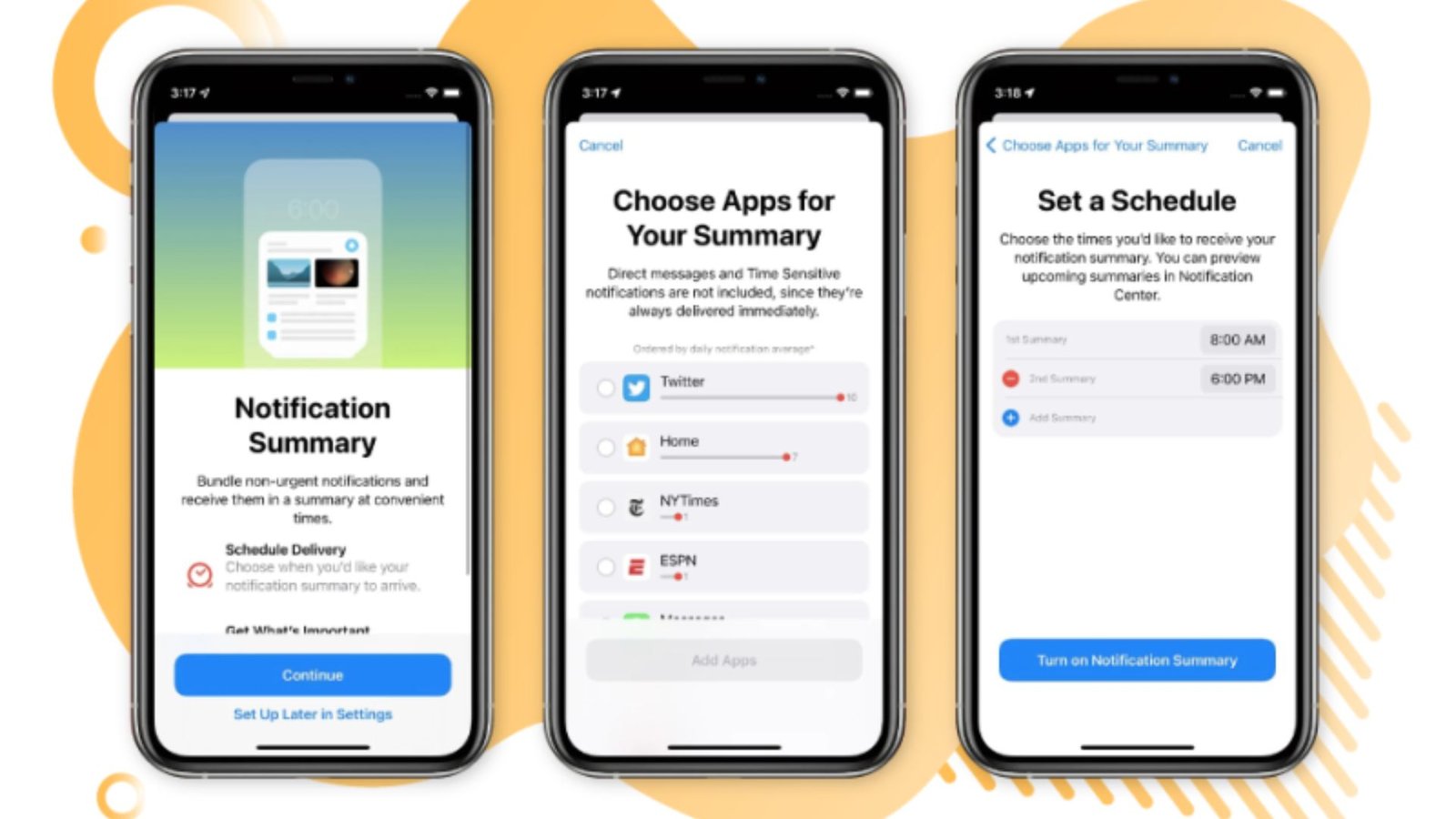Developing an app requires a strategic approach and a thorough understanding of the process. By following key steps in app development, you can create an app that effectively meets user needs and achieves your business objectives. Each phase of development plays a critical role, from initial planning to launch, and ensures your app’s success in the competitive marketplace.

Identify Your App’s Purpose and Audience
Before diving into development, clearly define your app’s purpose and target audience. Ask yourself what problem your app will solve and who will benefit from it. Understanding your audience’s needs, preferences, and behaviors will guide your design and functionality decisions. Research similar apps in the market to identify gaps and opportunities that your app can capitalize on, ensuring it stands out from the competition.
Develop a Detailed App Blueprint
Once you have a clear purpose and audience in mind, develop a comprehensive app blueprint. This blueprint should include a detailed outline of the app’s features, user interface (UI) design, and user experience (UX) flow. Create wireframes and mockups to visualize the app’s layout and functionality. Consider how users will navigate through the app and ensure that the design prioritizes ease of use. A well-thought-out blueprint will streamline the development process and prevent costly changes later on.
Choose the Right Development Approach
Selecting the right development approach is essential for the success of your app. Depending on your app’s complexity and budget, you can opt for native app development, cross-platform development, or a web-based approach. Native apps offer the best performance and integration with device features, while cross-platform development allows you to reach a wider audience by building for multiple platforms with a single codebase. Web-based apps are often quicker to develop and update but may lack the performance of native apps. Evaluate your app’s needs and choose the development approach that aligns with your goals.
Build and Test Your App
The actual building of the app involves writing the code, integrating features, and ensuring everything functions properly. Use agile development methods to build your app incrementally, allowing for ongoing testing and adjustments. Testing is a crucial step in app development, as it ensures your app works smoothly across different devices and operating systems. Conduct usability testing to identify any pain points or bugs that need to be addressed. Regularly test the app throughout the development process to catch issues early and deliver a polished product.
Focus on Security and Data Privacy
In today’s digital landscape, security and data privacy are paramount. Ensure your app is built with robust security measures to protect user data from breaches and cyberattacks. Implement encryption protocols, secure authentication methods, and data storage best practices. Additionally, comply with relevant data privacy regulations such as GDPR or CCPA, depending on your target audience’s location. By prioritizing security and data privacy, you build trust with users and minimize potential legal risks.
Launch Your App Strategically
Launching your app involves more than just making it available on app stores. Create a marketing strategy to generate buzz and attract users. Use social media, email marketing, and press releases to promote your app before and during the launch. Consider a soft launch to gather user feedback and address any final issues before a full-scale release. Additionally, optimize your app store listing with keywords, compelling visuals, and a clear description to improve discoverability.
Gather Feedback and Continuously Improve
After your app launches, gather feedback from users to understand what’s working well and where improvements are needed. Monitor user reviews, ratings, and analytics to identify trends and areas for enhancement. Regularly update your app with new features, bug fixes, and performance improvements to keep users engaged and satisfied. Staying responsive to user feedback and continuously improving your app will help you retain users and grow your audience over time.
Plan for Future Growth
App development doesn’t end with the initial launch. Plan for future growth by considering how your app can evolve to meet changing user needs and market trends. Keep an eye on emerging technologies that can enhance your app’s capabilities, such as augmented reality, artificial intelligence, or voice recognition. By staying adaptable and forward-thinking, you can ensure your app remains relevant and competitive in the long term.
Conclusion
Following these key steps in app development will set you on the path to creating a successful and impactful app. By identifying your app’s purpose, developing a detailed blueprint, and choosing the right development approach, you lay a solid foundation for success. Building, testing, and launching strategically ensures your app delivers a positive user experience. Gathering feedback and planning for future growth will keep your app thriving in an ever-evolving digital landscape.




